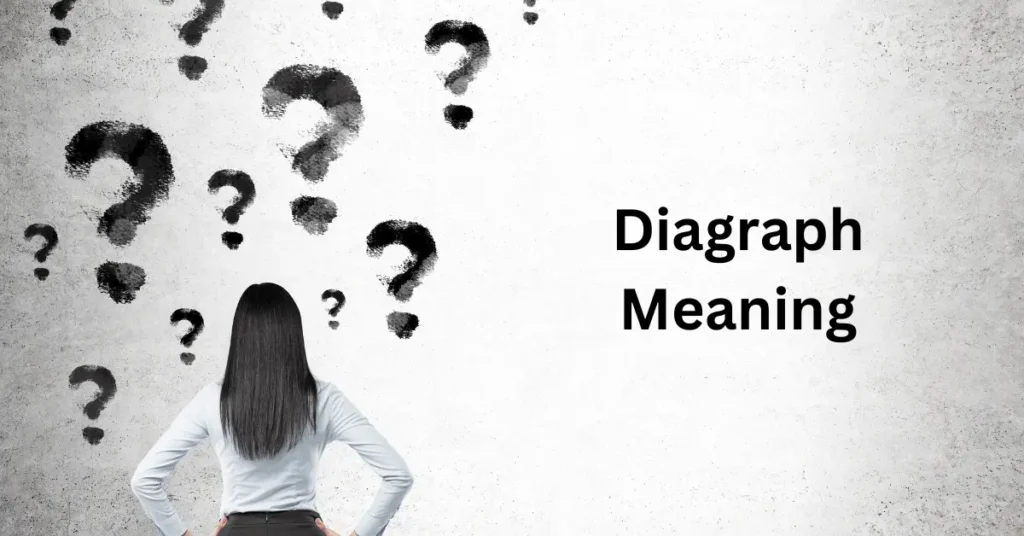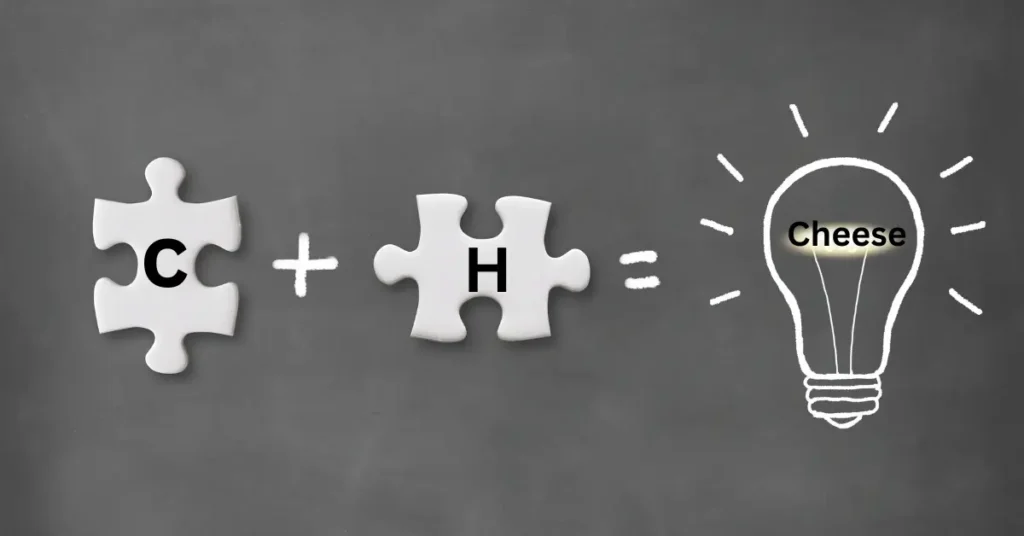Diagraph Meaning

Have you ever wondered how two letters can come together to create just one sound? That’s where “diagraph meaning” comes into play!
A diagraph is simply a combination of two letters that work together to represent a single sound or phoneme.
This may sound a little tricky at first, but once you get the hang of it, you’ll see how these letter pairs help make reading and writing easier.
In this post, we’ll break down what diagraph meaning is, how they work, and why they’re important in language. Let’s dive in and explore the world of diagraphs!
What Does “Diagraph” Mean?
A diagraph refers to a pair of letters that combine to make a single sound or phoneme.
This means that when these two letters are put together, they don’t represent their individual sounds; instead, they create a new sound altogether.
It’s like a team effort, where two letters work together to represent just one sound.
For example, think about the letter combination “sh” in the word “ship.”
The two letters “s” and “h” come together to make the “sh” sound, not the separate sounds of “s” and “h.” In this case, “sh” is a diagraph because it represents one phoneme, or sound.
Diagraphs are commonly found in the English language and help make reading and writing smoother by representing sounds that can’t be easily captured with just one letter. Other examples of diagraphs include:
- “ch” in “cheese”
- “th” in “think”
- “ph” in “phone”
- “wh” in “when”
The key thing to remember is that diagraphs aren’t about how the letters sound on their own, but rather how they combine to make a unique sound.
These combinations are crucial for proper pronunciation and spelling in many words.
Understanding diagraphs helps us read words correctly and understand how different letter combinations affect the sounds we hear when we speak.
In short, a diagraph is simply two letters that team up to represent one single sound—making it easier for us to understand and pronounce words in English!
Definition of Diagraph Meaning
A diagraph is a combination of two letters that together represent a single sound or phoneme.
Unlike single letters that each correspond to a separate sound, diagraphs work as a unit to create a unique sound.
The two letters in a diagraph cannot be pronounced individually; they must be blended together to form one sound.
In simple terms, a diagraph is like a team of two letters working together to make one distinct sound.
For instance, in the word “ship”, the combination of the letters “s” and “h” produces the sound /ʃ/ (the “sh” sound), which is different from the sounds of “s” and “h” when said alone.
Examples of Diagraphs
“sh” as in “ship”
The “sh” diagraph makes the /ʃ/ sound, similar to the “shhh” sound we make to tell someone to be quiet.
Example word: “fish”
“ch” as in “chocolate”
The “ch” diagraph usually represents the /ʧ/ sound (as in “ch” in “cheese”).
Example word: “chair”
“th” as in “this”
The “th” diagraph can represent two different sounds: the voiced /ð/ sound (as in “this”) and the unvoiced /θ/ sound (as in “think”).
Example word: “that” (voiced sound) and “thumb” (unvoiced sound)
“ph” as in “phone”
The “ph” diagraph represents the /f/ sound, as in the word “fun.”
Example word: “elephant”
“wh” as in “what”
The “wh” diagraph makes the /w/ sound (as in “wet”), especially in words like “what” and “when.”
Example word: “why”
“ck” as in “duck”
The “ck” diagraph is often used at the end of a word to represent the /k/ sound.
Example word: “back”
Additional Points:
- Diagraphs are crucial in English spelling because they help represent sounds that might otherwise be difficult to write using just individual letters.
- While diagraphs are common in English, they also appear in other languages, though the specific combinations and sounds may differ.
- It’s important to note that diagraphs are different from diphthongs, which are combinations of vowel sounds that glide from one sound to another within the same syllable (e.g., “oi” in “coin”).
By understanding diagraphs and how they work, you’ll be able to pronounce and spell many words correctly, as these letter combinations are an essential part of the English language!
Word Origin of Diagraph

The word “diagraph” has its roots in Greek, combining two elements to describe the concept it represents.
“Di-“
The prefix “di-” comes from the Greek word “dí”, meaning “two” or “double.” This part of the word reflects the two letters that make up a diagraph.
“-graph”
The suffix “-graph” comes from the Greek word “grapho” (γράφω), which means “to write” or “to draw.” In the context of the word “diagraph,” it suggests the idea of a written representation or a symbol that combines two letters to represent one sound.
So, when we put the two parts together, “diagraph” essentially means “a writing of two” or “a symbol of two,” referring to a pair of letters that work together to create one distinct sound.
Historical Development
The term “diagraph” itself started being used in the English language in the early 19th century, though the concept of combining letters to represent a single sound has been around much longer.
The need for diagraphs grew as the written form of language evolved, particularly in English, to help represent complex sounds in a more efficient way.
While “diagraph” came into English usage during the 1800s, the underlying principles behind it—combining letters to represent sounds—have been part of the development of languages for centuries, especially as phonetic systems became more standardized.
In summary, the word “diagraph” is derived from Greek, with “di-” meaning two and “-graph” meaning to write, perfectly describing the concept of two letters that combine to make one distinct sound in written language.
FAQs
What is a diagraph in language?
A diagraph is a combination of two letters that work together to represent a single sound or phoneme. Unlike single letters, which each make their own sound, a diagraph’s two letters combine to create a new sound. For example, the letters “sh” in the word “ship” make the /ʃ/ sound, rather than the individual sounds of “s” and “h.”
How do diagraphs help in pronunciation?
Diagraphs help in pronunciation by simplifying the way we pronounce certain sounds in words. Instead of sounding out two separate letters, the combination of letters in a diagraph creates one smooth sound. For example, “ch” in “chip” makes a single sound /ʧ/ rather than sounding out “c” and “h” separately.
Are diagraphs only used in English?
No, diagraphs are not exclusive to English. Many languages use diagraphs to represent sounds in their phonetic systems. For example, languages like Spanish and French also use diagraphs, such as “ch” in Spanish (“chico”) or “ou” in French (“fleur”). However, the specific letter combinations may differ depending on the language.
What is the difference between a diagraph and a diphthong?
The main difference between a diagraph and a diphthong is that a diagraph is a combination of two letters that makes a single consonant sound, like “sh” in “ship” or “ch” in “chocolate.” A diphthong, on the other hand, is a combination of two vowel sounds that glide together in the same syllable, such as the “oi” in “coin” or “ou” in “out.”
Can a diagraph have more than two letters?
While the term “diagraph” specifically refers to a pair of letters, there are similar letter combinations that involve three letters, which are called trigraphs. For example, “tch” in “match” is a trigraph because it combines three letters to create a single sound. However, a diagraph itself always involves two letters.
Conclusion
In simple terms, a diagraph is when two letters come together to make a single sound. It’s a key part of how we pronounce and spell words in English and other languages.
By understanding diagraphs like “sh,” “ch,” and “th,” you can improve your reading, writing, and pronunciation skills.
Although it might seem tricky at first, once you learn how diagraphs work, they make language a lot easier to understand.
So next time you see a pair of letters forming one sound, you’ll know exactly what’s going on – it’s a diagraph!
Extra Points on Diagraphs
- Diagraphs are everywhere! You’ll find diagraphs in many everyday words, like “shoes,” “chair,” and “phone.” They’re common in both written and spoken language.
- Diagraphs can be tricky at first: English spelling rules aren’t always straightforward, so sometimes it can be hard to know when to use a diagraph. But don’t worry—practice makes it easier over time!
- Not all letter pairs are diagraphs: For example, “bb” in “rabbit” isn’t a diagraph because the two “b” letters each make their own sound. It’s just a repetition of the same sound.
- Diagraphs are important for spelling: Learning diagraphs helps you spell words correctly. When you know which letter combinations represent specific sounds, it becomes easier to write words accurately.
- Different accents, different sounds! Diagraphs can sound slightly different depending on where you’re from. For example, the “r” sound in words like “car” can sound different in American and British English, even though it’s written the same.